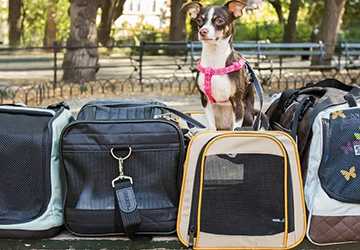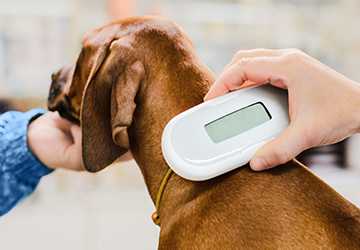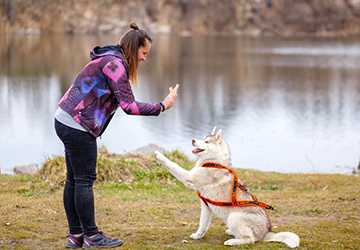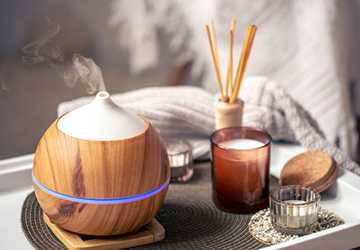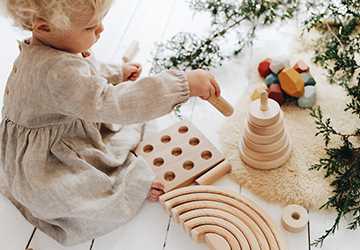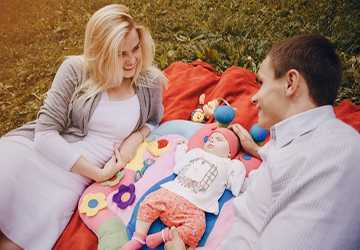Top 10 Childproofing Tips for Safe Home Environment
Creating a sanctuary for your child is every parent's top priority. Children are curious explorers; sometimes, their curiosity can lead them into potentially dangerous situations at home. But no fear! You can transform your living space into a child-friendly sanctuary with a little Spartan effort and creativity. Here are our top child safety tips to help your little adventurer keep your home safe and healthy.
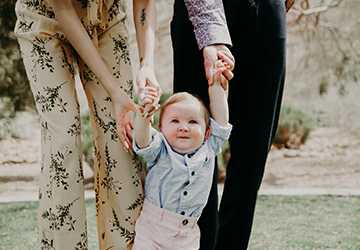
1. Locking: securing furniture and appliances
Kids love climbing, tugging and exploring every nook and cranny. Ensure heavy items such as bookshelves, dressers, and televisions are securely fastened to the wall to avoid furniture-related accidents. This allows you to play adventure games without worrying about accidental falls.
Also, invest in child safety locks for cabinets and drawers. Little fingers can get into places they shouldn't, but a simple lock can do the trick. Safely store cleaning products, medications, and sharp objects. Child locks are cheap and easy to install, making them a simple but effective solution.
2. Electrical Safety 101: Cover Outlets and Manage Cords
Sockets are like magnets for little fingers. Use outlet covers to prevent curious children from putting things where they shouldn't be. These handy gadgets are cheap and easy to install. Cover all accessible electrical outlets, including those located deep underground.
Cords and wires pose another potential hazard. Secure them with zip ties or hide them behind furniture to minimize the risk of little hands tripping or pulling on them. A simple approach to cable management goes a long way in maintaining a safe environment.
3. Make the landing softer: buffer sharp edges and corners
Children can find sharp edges and corners and turn them into potential collision points. Mitigate the impact by adding edge and corner protectors to your furniture. They attach easily to tables, countertops, and other sharp edges, providing much-needed cushioning during accidental bumps and drops.
For extra protection, purchase a rug or rug with a non-slip backing. These add a spartan decorative touch to your home and create a softer landing surface. Fewer sharp edges and a comfortable rug create a win-win situation for your child's safe journey.
4. Gates Galore: Seal stairs and restricted areas
Stairs can be like magnets for little adventurers but can also represent potentially dangerous areas. Avoid potential accidents by installing safety railings at the top and bottom of stairs to prevent curious children from accidentally descending. Choose a sturdy door that is easy for adults to open but challenging for small children.
In addition to its traditional function on stairs, safety barriers prove effective when blocking access to potentially dangerous and potentially dangerous rooms or places. Whether it's a kitchen, bathroom, or home office, a well-placed door can be a simple yet effective barrier. It allows your child to explore designated areas safely while staying out of danger areas.
5. Master Toy Storage: Cleaning and Organizing
Toys, toys everywhere! While seeing your child's play area filled with laughter and fun is nice, crowded spaces can lead to accidents. Establish a Spartan routine for cleaning and organizing toys. Invest in storage containers, baskets, and shelves to keep toys organized and easily accessible.
Ensure toys for young children do not contain small parts that could pose a choking hazard. Check toys regularly for wear and tear and discard anything that may be broken or damaged. A neat and organized play area reduces the risk of accidents and makes it easier for you and your children to find what you need.

6. Window Miracles: Install Screens and Cordless Blinds
Windows provide stunning views of the outside world but can also pose a danger to small children. Install window guards to protect against accidental falls, especially in rooms located at elevated heights. These guards are a simple yet effective way to add an extra layer of protection.
However, corded blinds present a strangulation risk. Choose blinds without cords or use cords to place them out of reach of teenagers. This simple adjustment ensures that your child's curiosity doesn't lead to unintended consequences.
7. Fire safety first: Protect your chimney and install smoke detectors
Fireplaces can add comfort to any home, but they potentially harm children. Use a fireplace screen to create a barrier to prevent direct entry. This simple measure prevents little hands from getting too close to the flames and provides a sense of calm on cold nights.
Also, make sure your home is equipped with smoke detectors. Test them regularly to make sure they are working correctly. This simple step is crucial to creating a safe home environment for your family.
8. Bathroom Buddy: Child-safe toilet and water temperature
Bathrooms are potentially dangerous, but making a few simple adjustments can make them a safer place. Install a toilet lock to prevent curious toddlers from exploring the water bowl. Not only does this avoid clutter, but it also eliminates the risk of accidental drowning.
Set your water heater to a safe temperature to avoid burns. Children have sensitive skin, and too hot water can cause burns. Set the thermostat to a maximum of 49 degrees Celsius to ensure a comfortable and safe bathing experience.
9. Poison Patrol: Guard against household chemicals
Household cleaners and chemicals can be toxic if ingested, so storing them safely is essential. Use child locks on cabinets that contain cleaning products, detergents, and other potentially hazardous materials. Keep these items high or in a safe place to keep them away from your child.
Consider switching to kid-friendly cleaning product alternatives. Many simple but reasonable options are less toxic and equally effective, reducing the risk of accidental poisoning.
10. Secure heavy doors: avoid pinching and banging fingers
Doors can be a common source of accidents, especially when little fingers get caught on hinges or are slammed shut by a closed door. Install door stops or finger guards to prevent entrapment. These Spartan devices create a buffer zone, ensuring the door closes smoothly without causing damage.
Consider installing child locks or door handle covers on exterior doors to prevent adventurous toddlers from leaving unsupervised. This extra layer of security ensures your children are safe in your home.
Diploma:
Creating a safe home environment for your children doesn't have to be a complicated task. Simple and practical parental controls can minimize potential dangers and allow children to explore their surroundings confidently. Lock away toys, cover outlets, pad sharp edges, install doors, and master the art of toy storage—these five tips will lead you to a safer, more enjoyable home for your family. Have fun childproofing!
